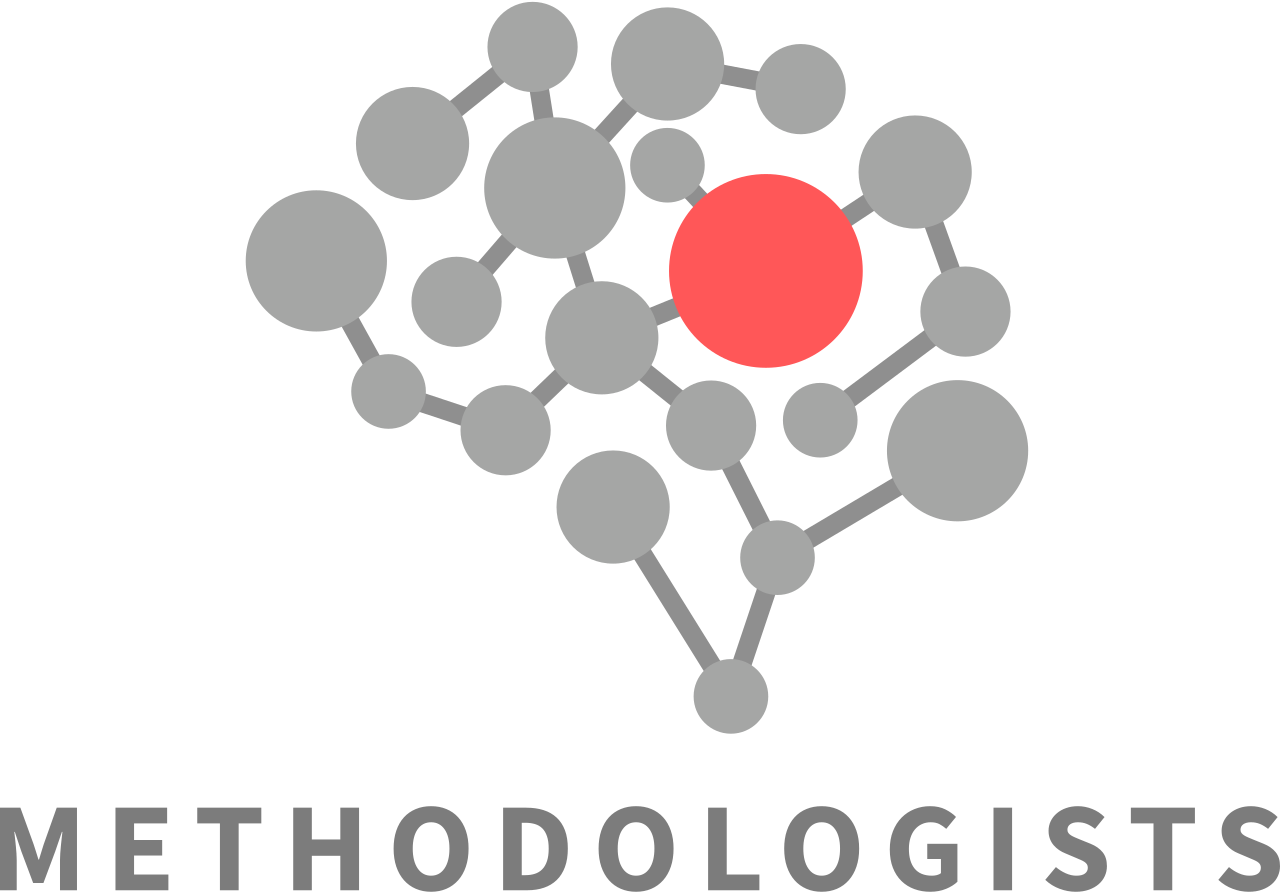The Innovation Ambition Matrix: A Strategic Tool for Organizational Innovation
Unearth the power of the Innovation Ambition Matrix to transform your business. Discover how strategic innovation management can drive organizational success. Explore real-life examples and gain practical insights into the innovation process.

In today's fast-paced world, innovation is not merely a bonus but a fundamental requirement for any organization that aims to thrive. This is where the concept of Innovation Management comes into play. It involves the process through which organizations generate new ideas and transform them into tangible products, services, or methodologies. One key tool in the arsenal of innovation management is the Innovation Ambition Matrix.
The Innovation Ambition Matrix: A Strategic Tool for Organizational Innovation
The Innovation Ambition Matrix is a strategic tool that categorizes innovations into three areas: core, adjacent, and transformational. Core innovations make incremental changes to existing products and services, enhancing the current business. Adjacent innovations extend a company's existing business model into new markets or sectors. Transformational innovations, on the other hand, are ground-breaking, disruptive changes that create entirely new markets or revamp existing ones.
In the dynamic world of business, innovation is the key to survival and growth. It's not just about creating new products or services, but about fostering a culture that encourages creative thinking and continuous improvement. This is where the Innovation Ambition Matrix comes into play. It's a strategic tool that helps organizations navigate the complex world of innovation management.
What is The Innovation Ambition Matrix: a framework that presents a holistic view of an organization's innovation efforts. It is a 2x2 matrix, divided into three zones: core, adjacent, and transformational. The core zone focuses on optimizing existing products for existing markets. The adjacent zone involves expanding into new areas closely related to the current business. The transformational zone is about creating breakthrough innovations that can redefine the market.

The need to use the Innovation Ambition Matrix arises from the challenge of balancing short-term gains with long-term growth. It helps organizations allocate resources effectively across different types of innovation. For instance, investing too heavily in core initiatives can stifle growth, while focusing too much on transformational efforts can jeopardize stability.
Benefits: There are numerous benefits to using the Innovation Ambition Matrix. It provides a clear visual representation of the organization's innovation portfolio, making it easier to identify gaps and opportunities. It aids in strategic planning, guiding decisions about where to invest and what risks to take. Most importantly, it aligns innovation efforts with business goals, ensuring that every initiative contributes to the overall success of the organization.
How To: Using the Innovation Ambition Matrix involves first mapping out your current innovation initiatives on the matrix. This can be done by evaluating each initiative based on its potential impact and its relevance to the current business. Next, determine your ideal innovation mix. This depends on factors such as your organization's growth goals, risk tolerance, and industry trends. Finally, develop a plan to shift your innovation portfolio towards this ideal mix. This may involve launching new initiatives, scaling back existing ones, or exploring strategic partnerships.
The Innovation Ambition Matrix has been used by several companies across the globe to streamline their innovation efforts and foster growth. For instance, Apple Inc., renowned for its innovative culture, leverages the matrix to balance its portfolio of products. The company invests primarily in core innovations, such as updates to its iPhone and Mac lines, which make up roughly 70% of its innovation resources. Adjacent innovations, like the Apple Watch or Apple Pay, represent about 20% of their resources, while transformational initiatives, like the rumored Apple Car, account for the remaining 10%.
Similarly, Microsoft uses the Innovation Ambition Matrix to fuel its growth. Core innovations comprise updates to existing software like Windows and Office, adjacent innovations involve expanding into new markets with products like the Surface line, and transformational initiatives include ventures into cloud computing and AI with Azure and Cortana respectively.
Even smaller companies, like a local coffee shop chain, can use this matrix. Core innovations might involve new coffee flavors or bakery items, adjacent innovations could be a new mobile app for orders, and transformational initiatives might include launching a new coffee subscription box service, thus venturing into the online retail market.
Finally, the global consumer goods company Procter & Gamble uses the matrix effectively. After identifying a lack of transformational initiatives, they launched ventures into new product lines and markets, which not only boosted their revenue but also increased their market share.
Leadership in Innovation: Guiding the Organizational Innovation Process
Leadership plays a pivotal role in innovation management. Leaders who embrace and promote innovation can steer their organizations towards growth and success. They must balance the portfolio of core, adjacent, and transformational innovations, allocating resources appropriately to ensure all areas are covered.
Amazon is a perfect example of leadership in innovation. Under Jeff Bezos's helm, Amazon has continually expanded its portfolio from online bookselling into a vast range of products and services, including cloud computing and even space exploration.
Conclusion: The Power of the Innovation Ambition Matrix
The Innovation Ambition Matrix is more than just a tool; it's a mindset. It helps organizations visualize their innovation strategy and balance their portfolio. By understanding and implementing this matrix, businesses can better navigate the challenging waters of innovation, ultimately driving growth and success.
Innovation management is complex, requiring a blend of creative thinking, strategic planning, and effective leadership. But with tools like the Innovation Ambition Matrix at our disposal, we can harness the power of innovation to transform not just our organizations, but the world at large.
Disclaimer: The image(s) featured in this article are for illustrative purposes only and may not directly depict the specific concepts, situations, or individuals discussed in the content. Their purpose is to enhance the reader's understanding and visual experience. Please do not interpret the images as literal representations of the topics addressed.
What's Your Reaction?












































































































